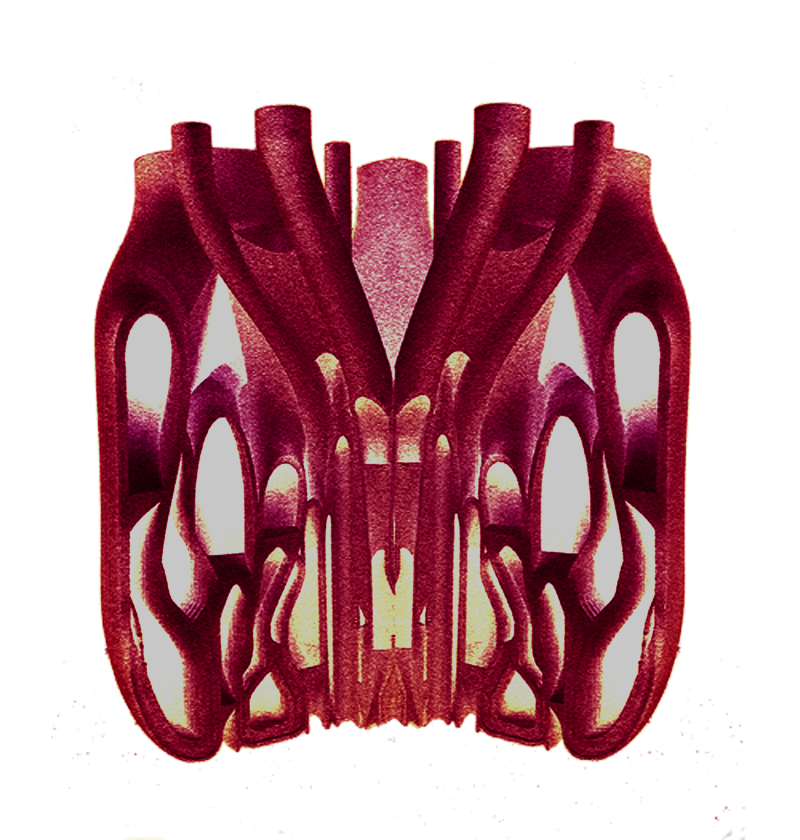
For most of its short history, additive manufacturing technology innovation focused on demonstrating and proving its viability. Commercial 3D printer manufacturers have been busy making fanciful trinkets and miniature plastic replicas of industrial parts, while only a small number of industrial manufacturers have been using the technology in a limited role in prototyping and a product development stage between 3D model design and small-scale manufacturing.
From the introduction of stereolithography technology as a rapid prototyping technique in 1980, additive manufacturing evolved as a technology rather than an engineering and manufacturing discipline. While the 3D printing technology and material science have demonstrated rapid progress over the last couple of decades, the process and practice of additive manufacturing still lack industrial manufacturing orientation.
There are, of course, notable exceptions such as 3D-printed water pump impellers in a nuclear power plant in Slovenia and 3D-printed titanium bracket used in serial production Airbus A350.
Industrial manufacturing requires that 3D-printed parts are serialized and traced in the supply chain for safety and quality tracking, especially as they enter the supply chain at a point of service downstream rather than at the end of the manufacturing process.
Traceability is required not only of 3D-printed parts. It should also include additional information such as manufacturing process parameters, the printer’s maintenance and calibration history, the batch number of materials used to print each part, and other manufacturing process data.
It’s time for additive manufacturing to mature mature into industrial-grade manufacturing discipline.
From Trinkets and Toys to Turbines and Trucks
Siemens PLM wants to take an active role to help the additive manufacturing Industry advance from a single-unit production practice that involves many manual tasks and, for many, repeated trial and error iterations.
Siemens believes the path to industrialize additive manufacturing technology requires a product lifecycle orientation and a systematic application of design and manufacturing knowledge and disciplines that are tightly Integrated into the product design and lifecycle activities workflow.
Siemens recently launched its Additive Manufacturing Network, a platform for sharing 3D printing design and manufacturability rules, materials, techniques, and best practices, designed to facilitate and accelerate the application of additive manufacturing in industry.
Siemens has revamped its PLM and product design software tools and printing process workflow to allow designers and manufacturing engineers to go from design to manufacturing within a single unified work environment and minimize tool transitions. Designers can go from building a 3D model, to simulation and testing, and to an STL print file within Teamcenter. Siemens MES software manages the additive manufacturing workflow, tracks materials, and controls the production equipment.
From Cool to Collaboration
Siemens’s Additive Manufacturing Network brings together additive manufacturing expertise and shared resources, some of which may reside and operate outside the manufacturing industry itself, such as independent research centers and universities. Its objective is to foster broad collaboration, encourage the sharing of resources and best practices, and help coordinate pan-industry initiatives in applied research and standards development.
The initial roster of network partners represents a rich global ecosystem of additive manufacturing expertise, 3D printing resources, and applied research facilities.
Intellectual Property Protection
Some industry principals are voicing concerns that plummeting costs of 3D printers, scanners and modeling technology, combined with improving manufacturing capabilities, will lead to IP theft and potential loss of revenue. Five years ago, Gartner predicted that by 2018, additive manufacturing technologies will result in the loss of at least $100 billion per year in intellectual property globally. While the risk is real, actual data isn’t available. Nevertheless, an open collaboration among industry leads utilizing standards and IP management tools will reduce the risk and potential loss.
Industrializing Additive Manufacturing
There’s no doubt additive manufacturing will gradually replace traditional molding, drilling and milling machines in many applications. 3D printing will be used to realize complex designs that aren’t possible using traditional techniques and create nature-inspired organic shapes that have superior strength-to-weight characteristics. And both traditional and advanced parts can be made to demand, significantly reducing inventory costs.
Some see factories of the future as being completely dedicated to additive manufacturing. Others see additive and reductive machinery operating side by side for the foreseeable future. Whatever the appropriate mix of manufacturing technologies may be, additive manufacturing needs to reach the same process maturity as traditional manufacturing methods. Siemens’ additive manufacturing initiative is intended to create the environment and momentum to fulfill the need and accelerate the adoption of additive manufacturing in industry.
Image: Fennel. Inspired by a combination burner printed on HP Multi Jet Fusion 3D printer. © Copyright Joe Barkai
